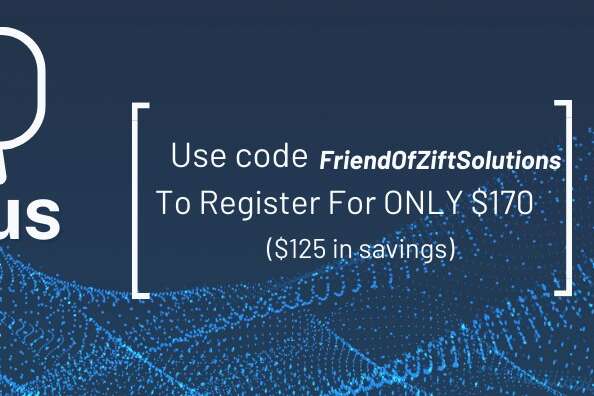When something isn’t right, whether it’s your car, your pet or yourself, you’re likely to have it checked out by an expert who can diagnose the root cause. The same applies to channel programs. Like an X-ray that can reveal underlying problems, a channel assessment can capture the data required to put programs on the road to better health.
Like a questionnaire you fill out when you first visit the doctor’s office, a channel assessment captures important data on your channel program’s priorities as well as its capabilities. Except, instead of a prescription for a headache, you receive a clear picture of your current state and a prescriptive set of actions that narrow the gap between your program goals and capabilities.
And just like a trip to the doctor’s, with a channel assessment, your whole program gets checked out. Assessments show an X-ray of your whole program, like a full channel scan. At Zift, we break our assessments down into groups that represent every stage of the channel program lifecycle. This helps us zoom in on exactly what areas are perfectly healthy and what areas could use some TLC. Let’s do a brief overview of our focus areas — and see if you need to schedule a checkup for your channel.
Planning Out
If you don’t have a plan in place before anything else, likely you’ll wind up frazzled and struggling. This is true whether it’s about a golf trip with friends or your burgeoning channel program. Defining goals and strategies on everything from pricing and revenue to partner personas and incentives gives you — and the C-suite — a guidebook to your expectations.
Recruiting In
Who is your ideal partner? Do you have a clear idea, and are you targeting and stationing yourself at their watering holes? How comfortable are you that you’ve provided recruitment training to your PAMs to find the right partner? No matter your process, having a recruitment waterfall to follow and treating partners like leads hones your onboarding experience to a science.
Enabling Happy Partners
Helping partners succeed with supplemental provisions like playbooks, training and sales coaching can be instrumental in netting program ROI. Providing these tools shows partners you’re invested in their growth and livelihood. Giving partners tools like certifications and training helps them sell more effectively as well, leading to precious ROI for you. This is definitely an area we recommend investing in.
Generating Demand
Once partners have the tools and training to sell under their belts, it’s up to them to get selling — or is it? There’s still a good amount you can do for them, whether you choose to do for-partner marketing, or market directly to customers on behalf of partners, or give partners prescriptive marketing activities through a series of plays in your portal. However you or your partners get leads, you can’t expect partners to do it entirely alone, whether that means having a partner war room or the activities mentioned above.
Transacting on Success
Figuring out the ROI on your, and partners’, hard work is crucial to get critical approval from higher-ups. Reporting on pipeline and marketing efforts are obvious, but are you using partner scorecards to track partner revenue growth? Are you pulling data from the right places using leading and lagging metrics to tell a story of not just what is happening, but also what is likely to happen? Understanding and incorporating this data into actionable next steps is your priority for this step.
Managing Your Program
Rolling your sleeves up and getting down to the work of managing all these other steps is a constant in what will likely be an always-evolving channel. Partner and customer experience should be strong concerns for you, as well as making partners feel heard and appreciated for their work.
Once all these areas are strong, you’ll have a healthy channel program at your fingertips. Want to figure out where to start? Let’s talk about your program, and work out together where you need to put a little more TLC in your channel. Or, leave a comment below if you have experience assessing the individual areas in your program. We’d love to hear your perspective.
Laz Gonzalez
Laz Gonzalez is Chief Strategy Officer at Zift Solutions. A prominent industry analyst and thought leader, Gonzalez brings unparalleled channel expertise to Zift and has served as strategic adviser to leading B2B channel programs worldwide.




